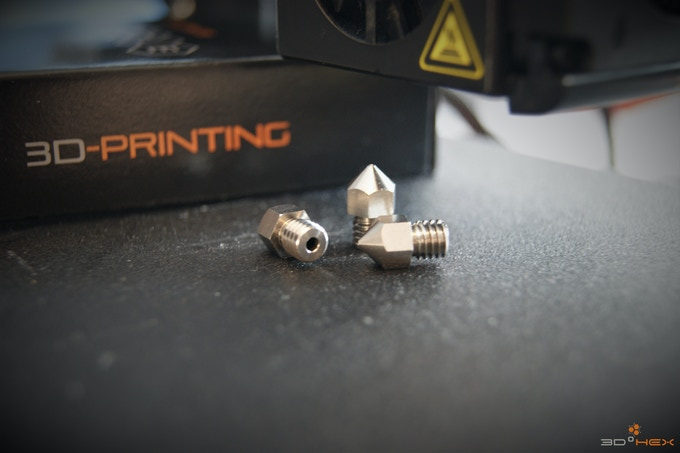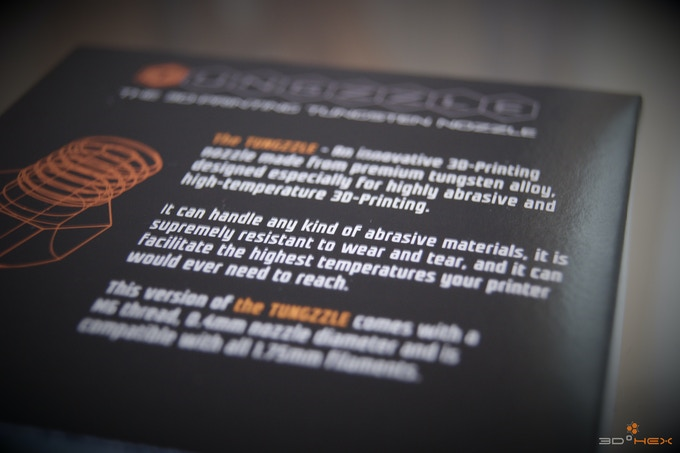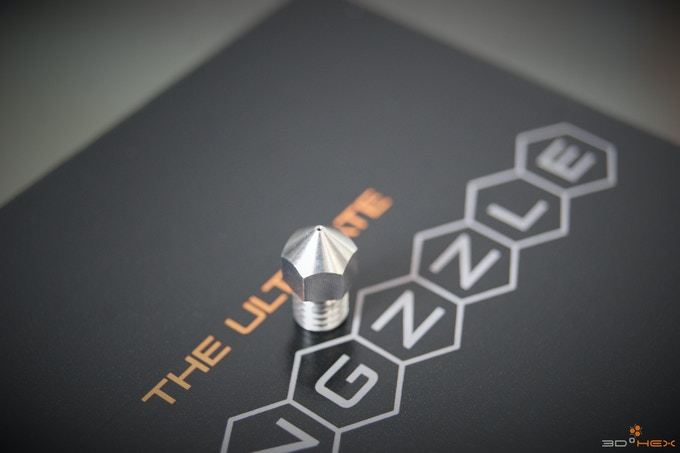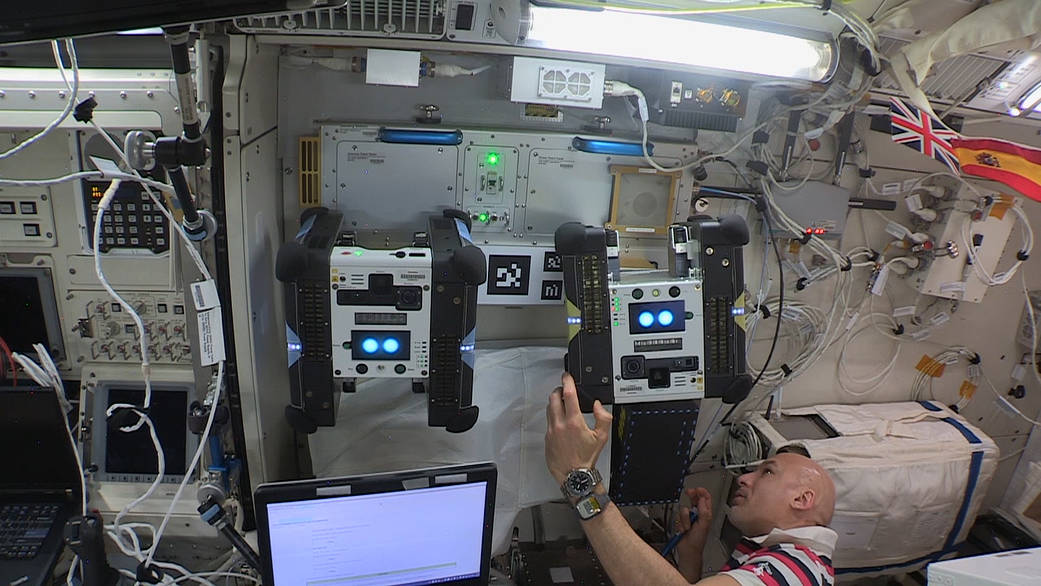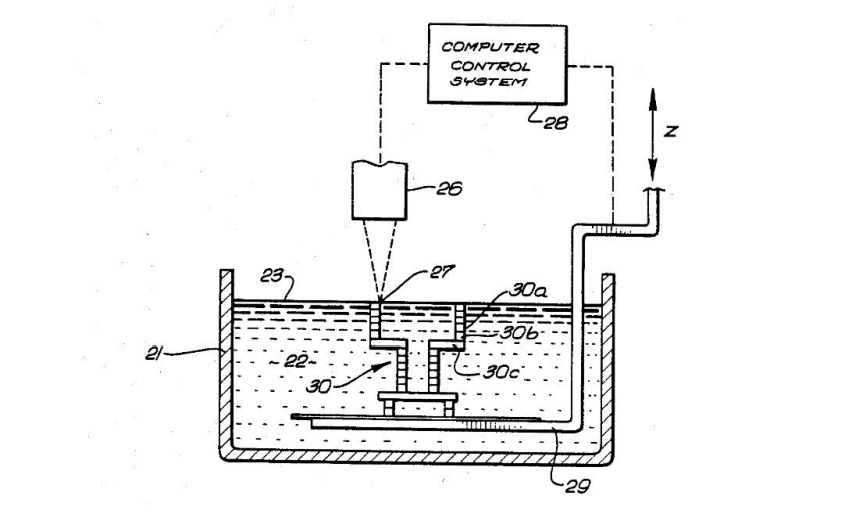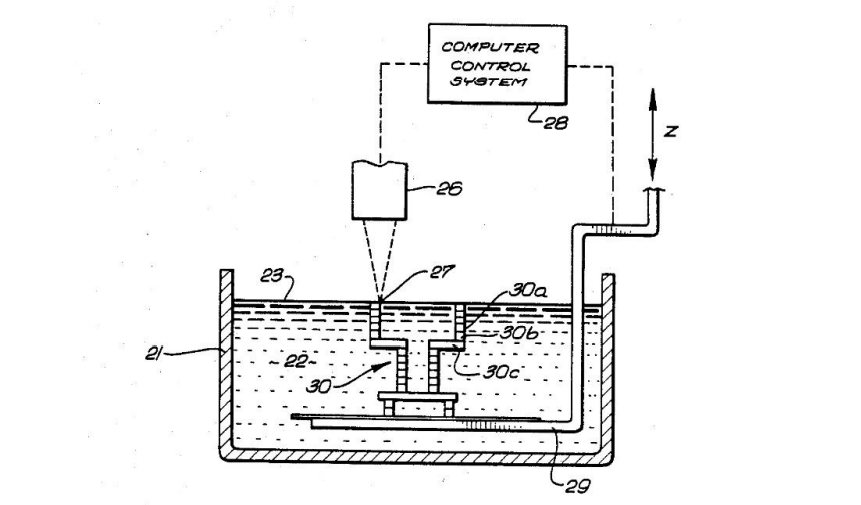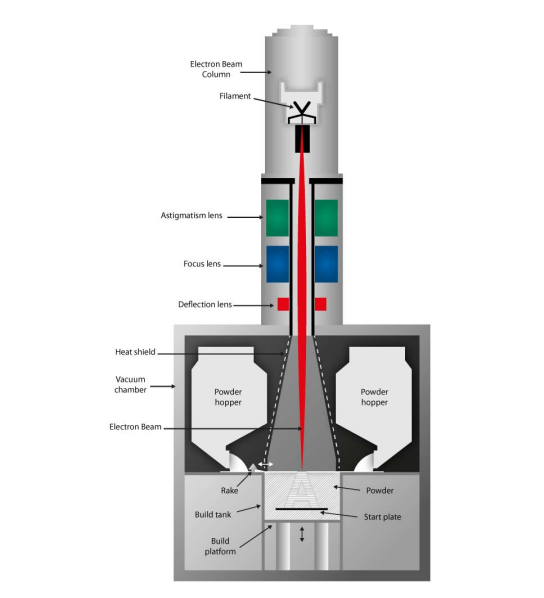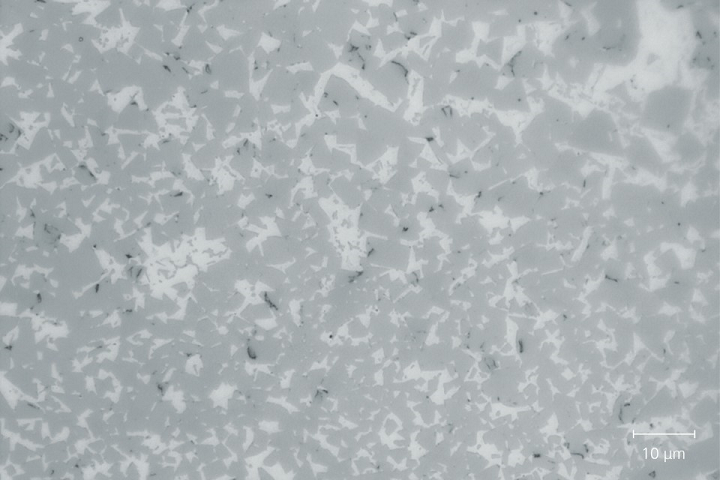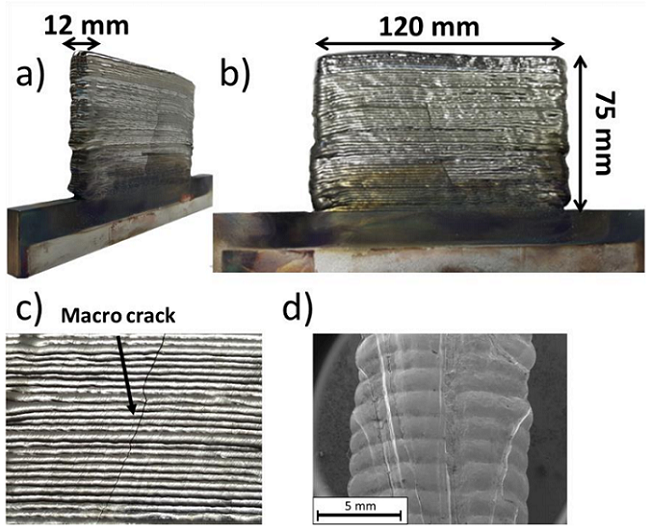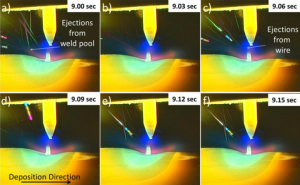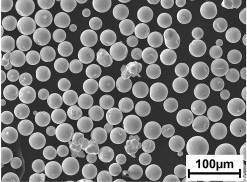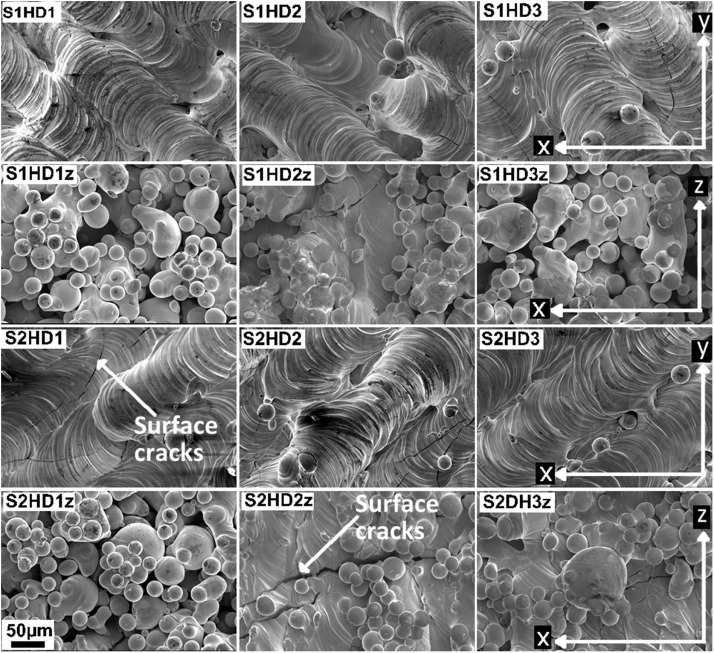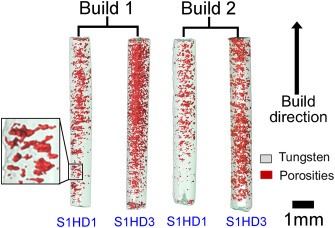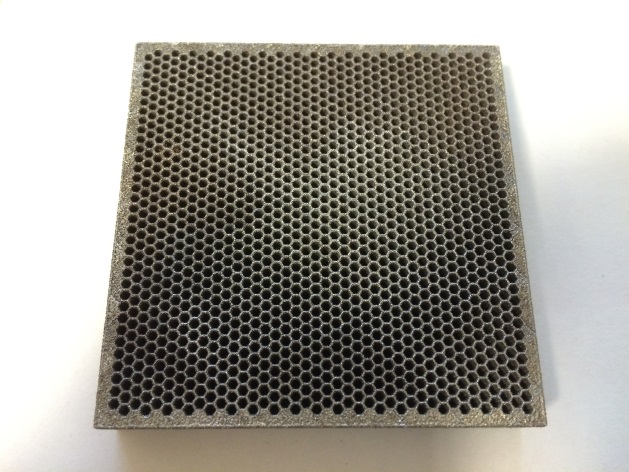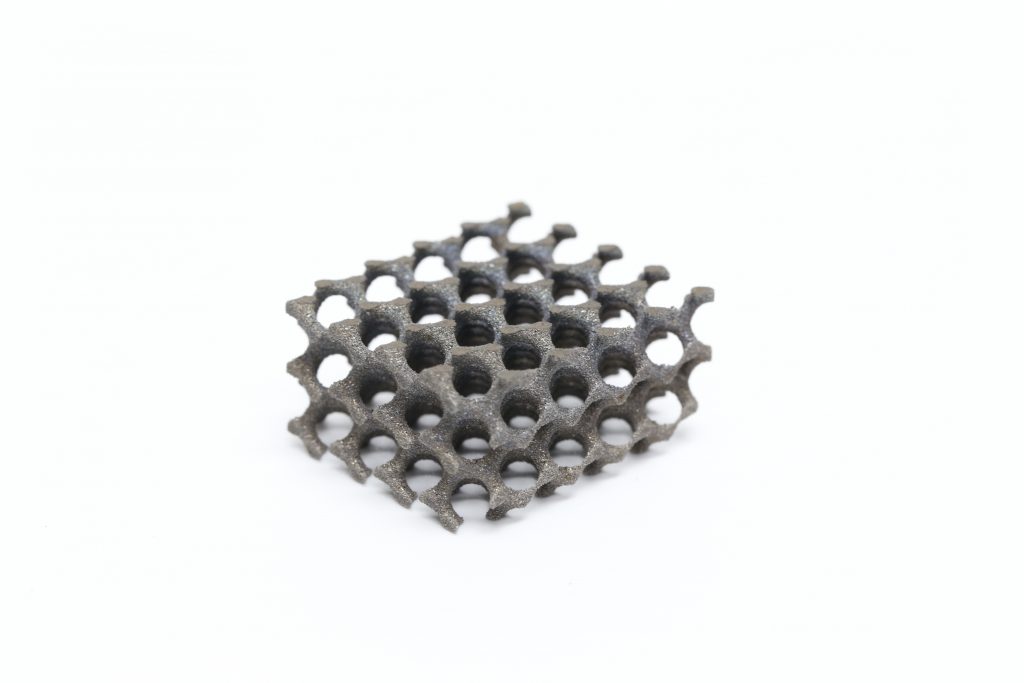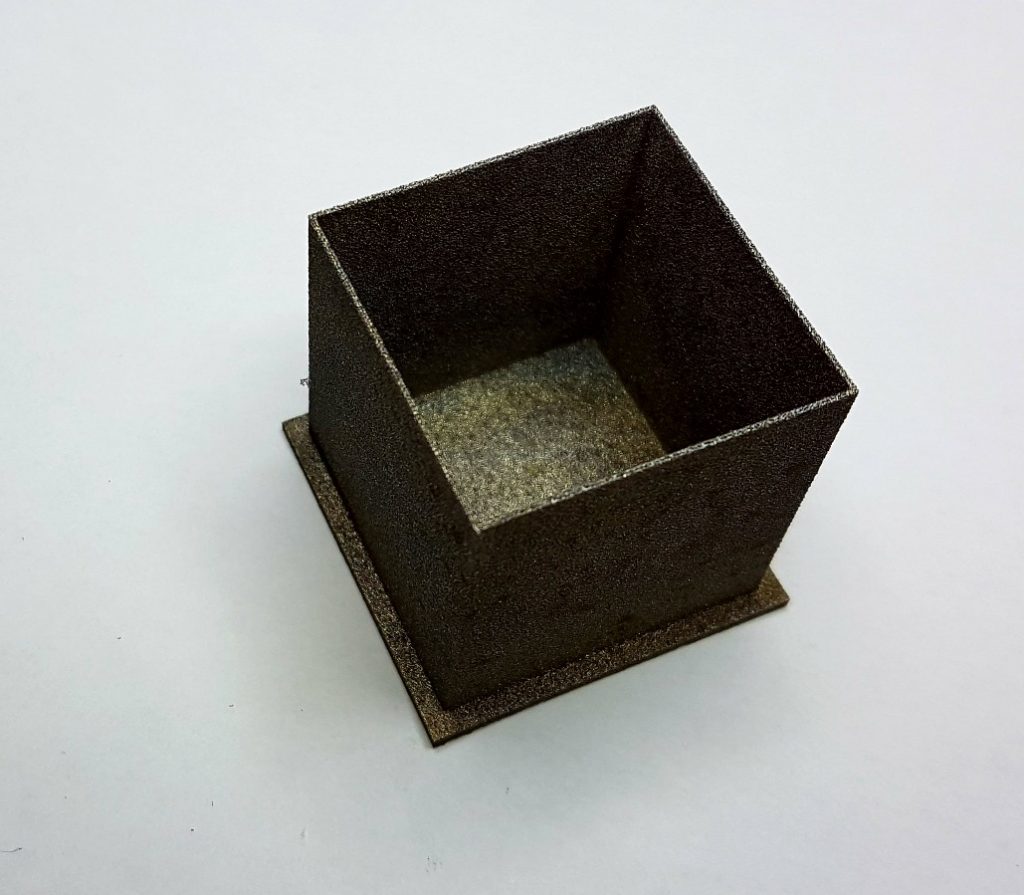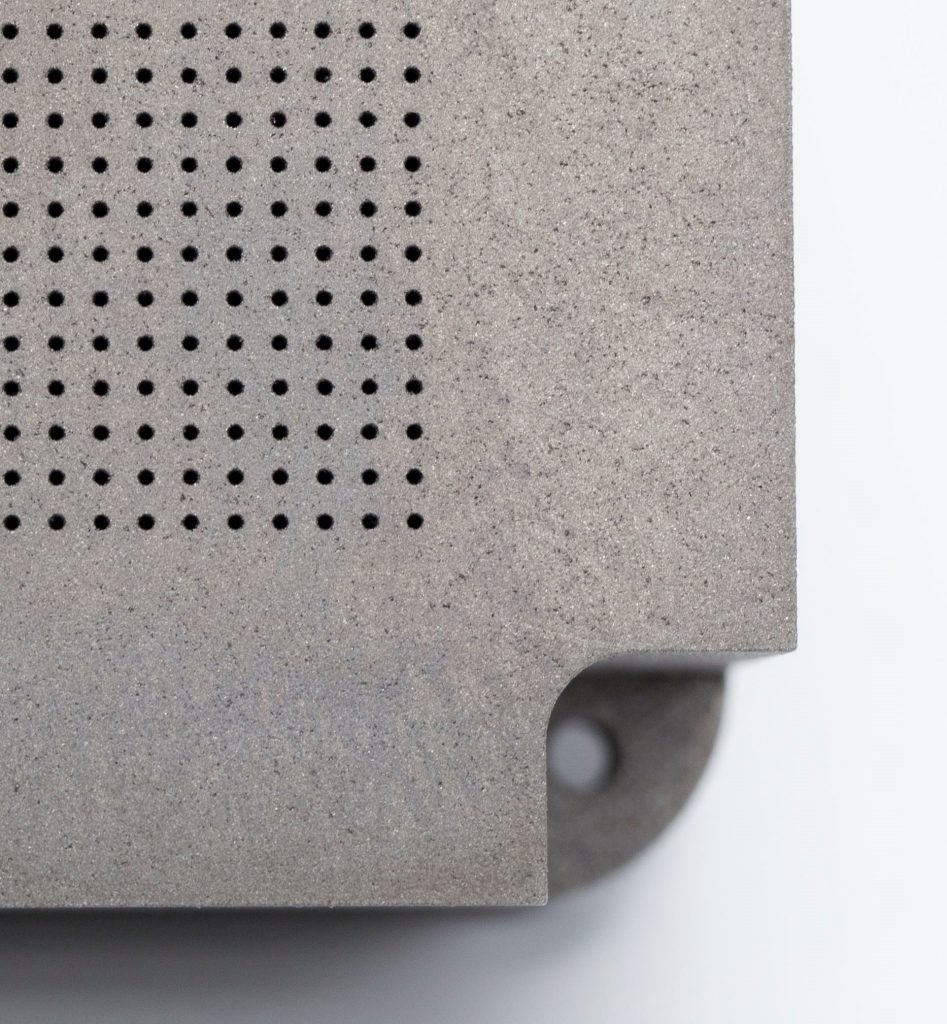Just a few months ago, we learned from 3D°Hex that it would soon be launching a Kickstarter campaign for a new, highly temperature and wear resistant tungsten 3D printing nozzle, called the Tungzzle, that it had been working to develop for about a year. The startup, based in the Ruhr region of western Germany, is focused on designing and manufacturing better 3D printing materials and components in order to solve some of the current problems in the 3D printing industry, and started with the Tungzzle, which, as you may guess from its name, is made of an alloy with 95% pure tungsten content, and not a combination.
We’ve just learned from 3D°Hex that the crowdfunding campaign for its Tungzzle is now live on Kickstarter.
“The most affordable wear and high temperature resistant 3D-Printing nozzle on the market, made completely of tungsten heavy alloy,” the 3D Printing Tungsten Nozzle campaign’s headline claims. “While many new, cutting-edge 3D-Printing nozzles hit the market every few months, there is a huge disparity in their respective qualities. If you want something that is reliable and durable, you need to put some effort into selecting the right technology. You want something that is affordable, of course, but you want also something reliable, that will produce high quality as well.”
The nozzle is the last piece of your machine that touches your print, so it’s important that it can perform reliably. 3D°Hex founders Christopher and Paul explain on the Kickstarter campaign page that when you need an individual printer nozzle for specific tasks, you may be shelling out a high amount of money for something you’ll be using on a lower cost desktop printer. But they say that the Tungzzle combines all the important benefits of these different nozzles into one. This allows the startup to, as it told us in April, create “the ultimate balance between performance and price.”
Tungsten is an extremely dense (19.3 g / cm3) and hard (7.5 up to 8 on Mohs scale) metal, with high wear resistance and thermal conductivity, and features the highest critical melting point of all refractory metals. All of these properties mean that the Tungzzle, which is made of 95 WNiFe Tungsten heavy alloy, can print with highly abrasive materials, like carbon fiber, without the inside of the nozzle being damaged, and that it can also work with high temperature materials such as PEEK and nylon. Its excellent thermal conductivity allows for better extrusion performance out of your printer, in addition to better temperature calibration effects.
“With steel with a coefficient of 10.8 to 12.5 and brass with a coefficient of 18 to 19, tungsten has one of the lowest expansion coefficients with 4.5 and does not experience an extreme tempering effect, which means that its properties are retained even at long high-pressure temperatures,” the Kickstarter campaign states.
The Kickstarter campaign has plenty of available rewards left, such as the €12 Supporter pack, which comes with a Tungzzle sticker set and a carbon fiber 3D printed 3D°Hex logo, and the €15 3D°Hex supporter t-shirt. The Ultimate Tungzzle Super Early Bird reward is just €29, which saves 55% off the RRP and comes with the Tungzzle itself, which features an M6 thread, 0.4 diameter, and works with 1.75 mm FDM 3D printing filament. A double Tungzzle pack is €74, while a triple pack is €107, and you can purchase a pack of five Tungzzle 3D printer nozzles for €160.
(Images courtesy of 3D°Hex)
The post Wear-Resistant Tungsten 3D Printer Nozzle Launched on Kickstarter appeared first on 3DPrint.com | The Voice of 3D Printing / Additive Manufacturing.

